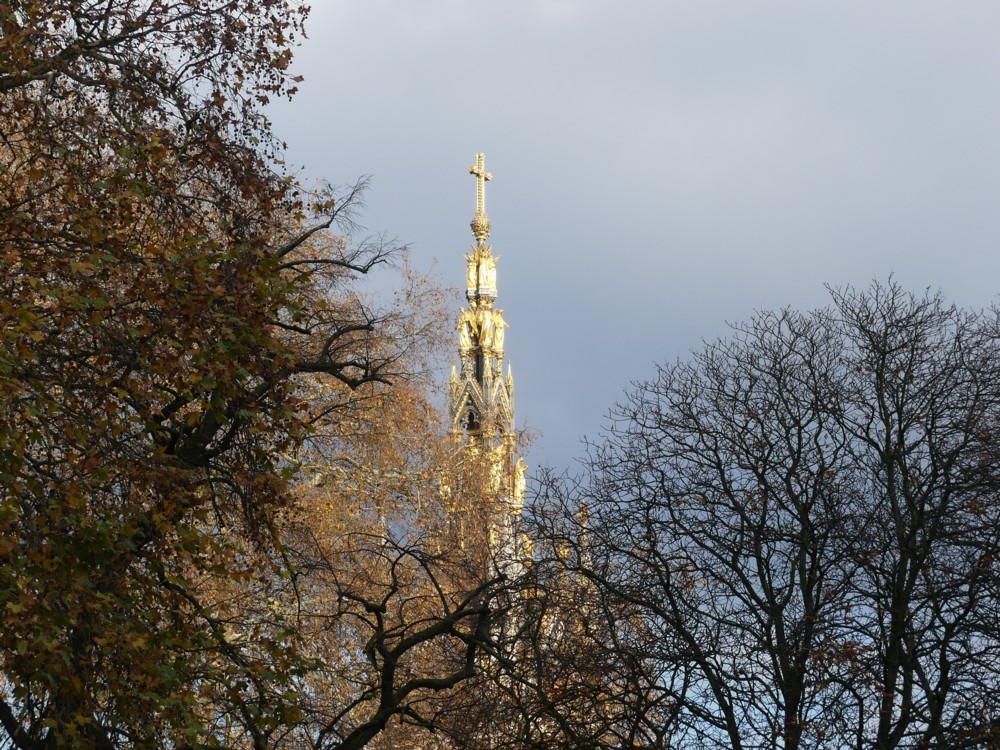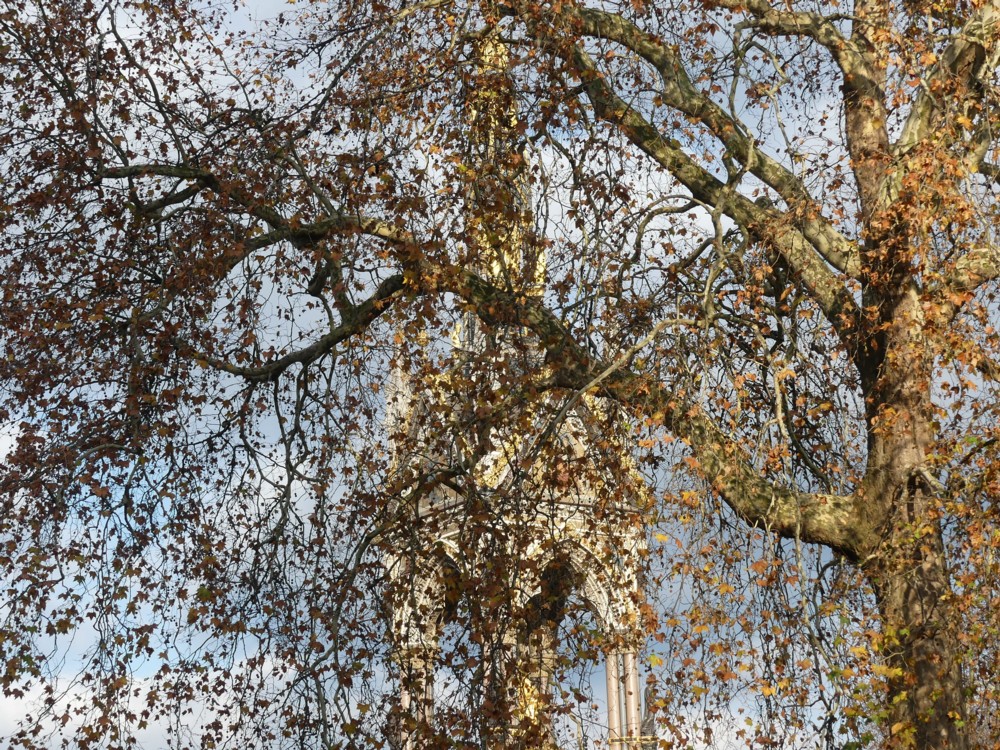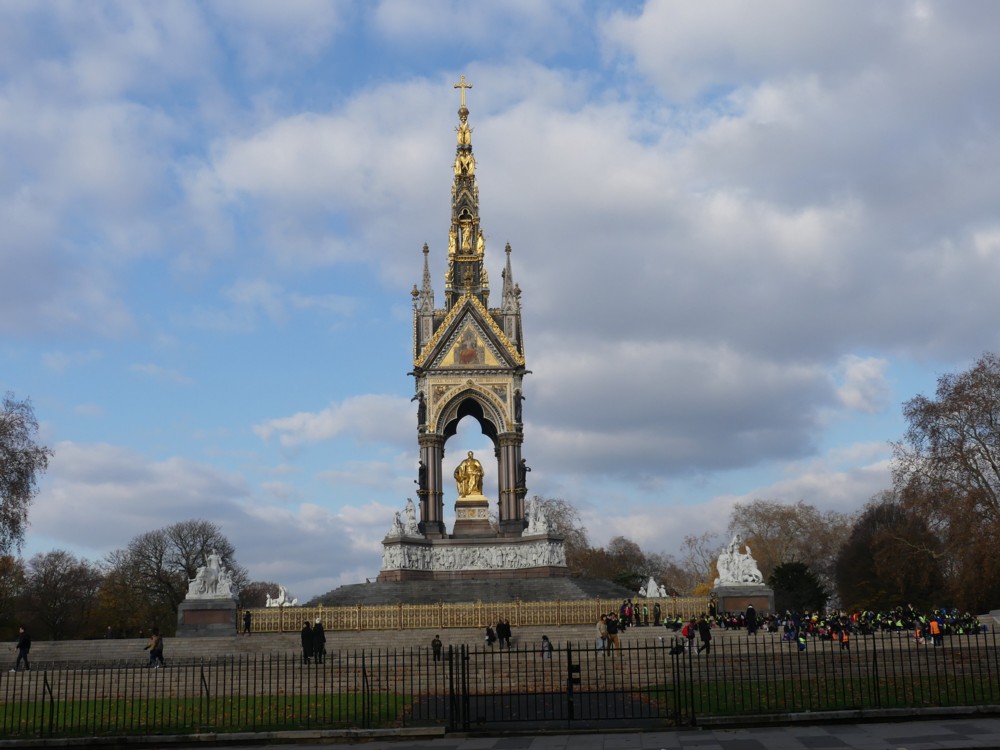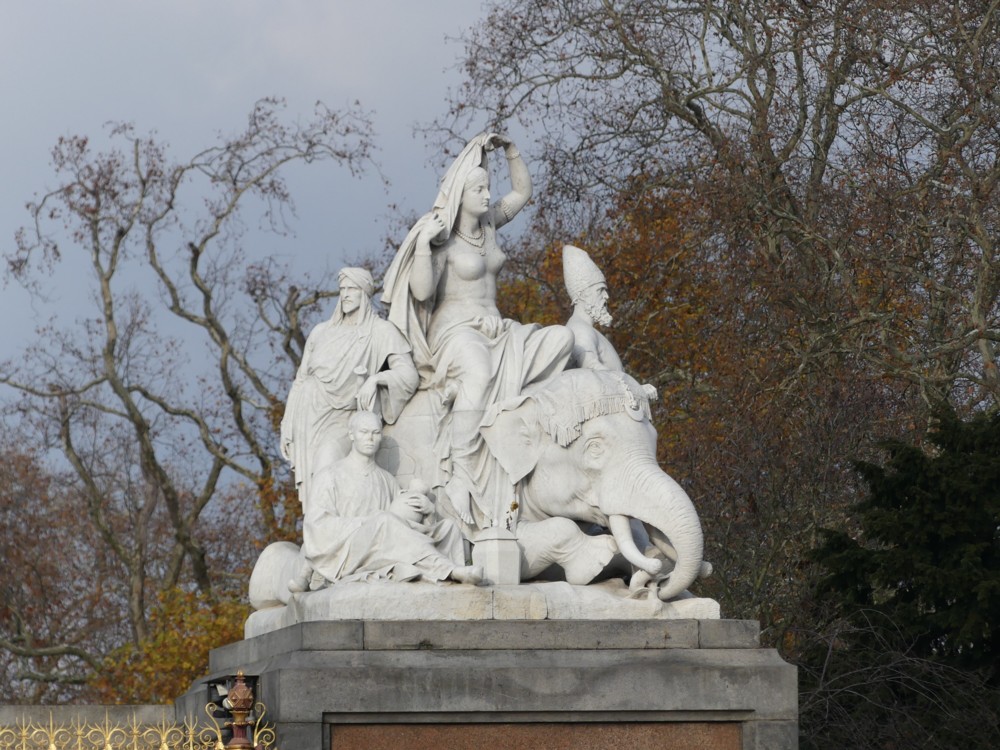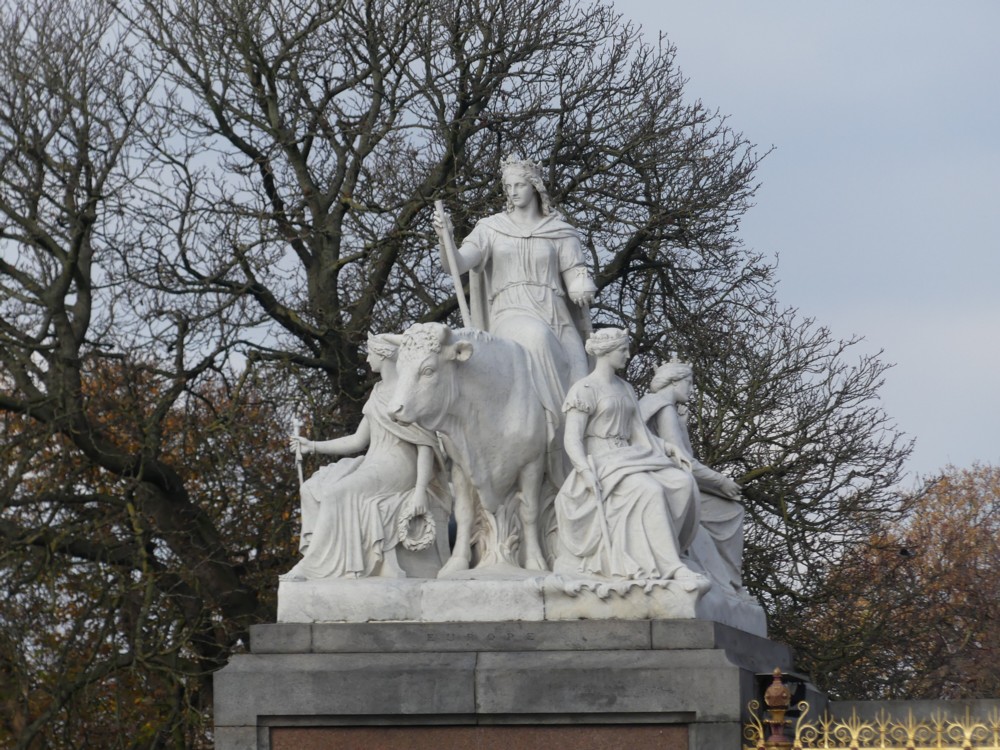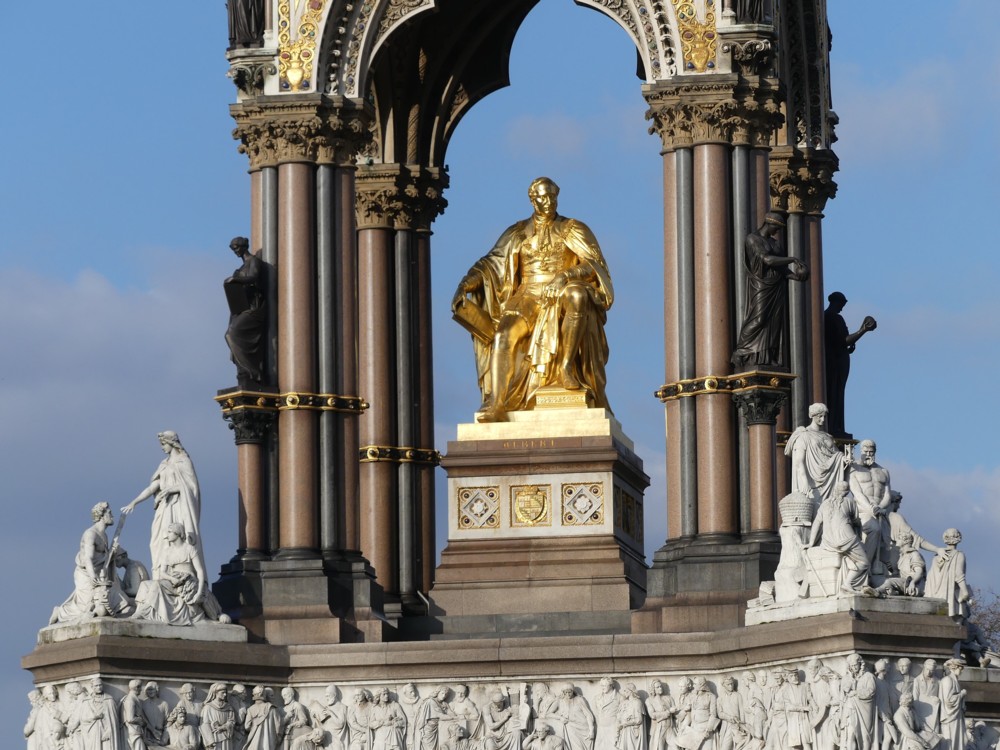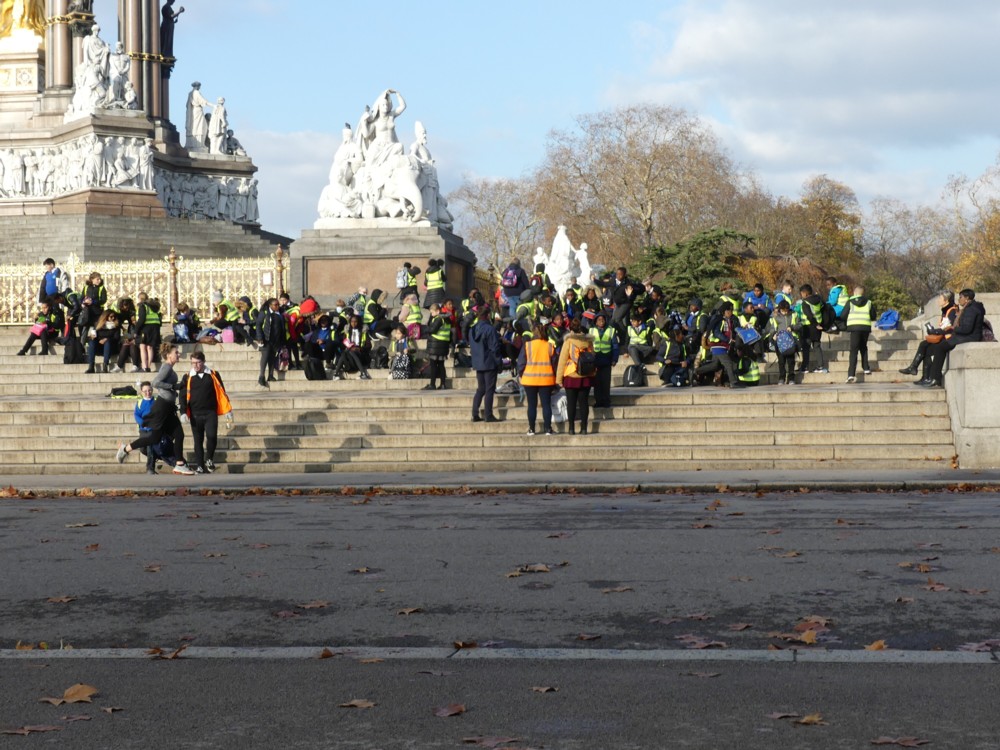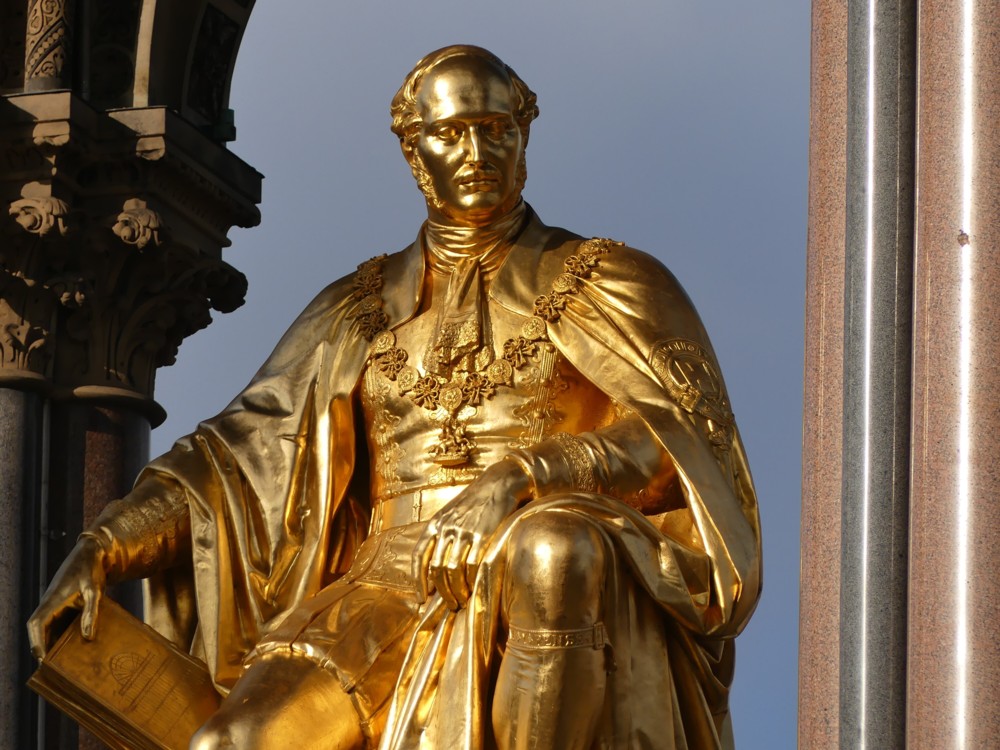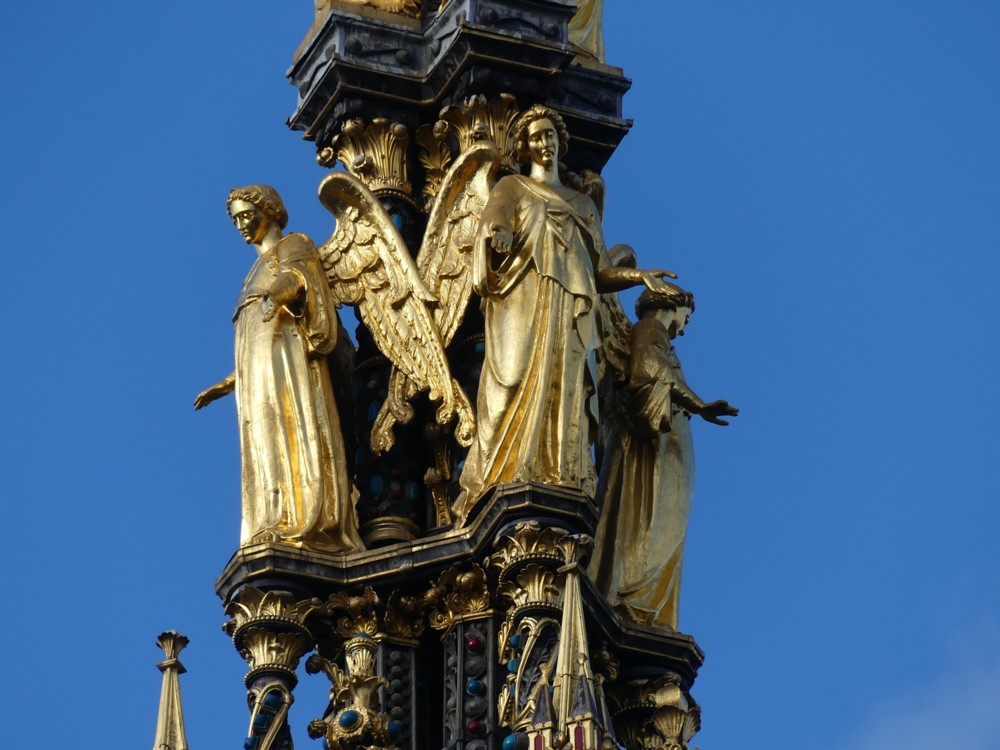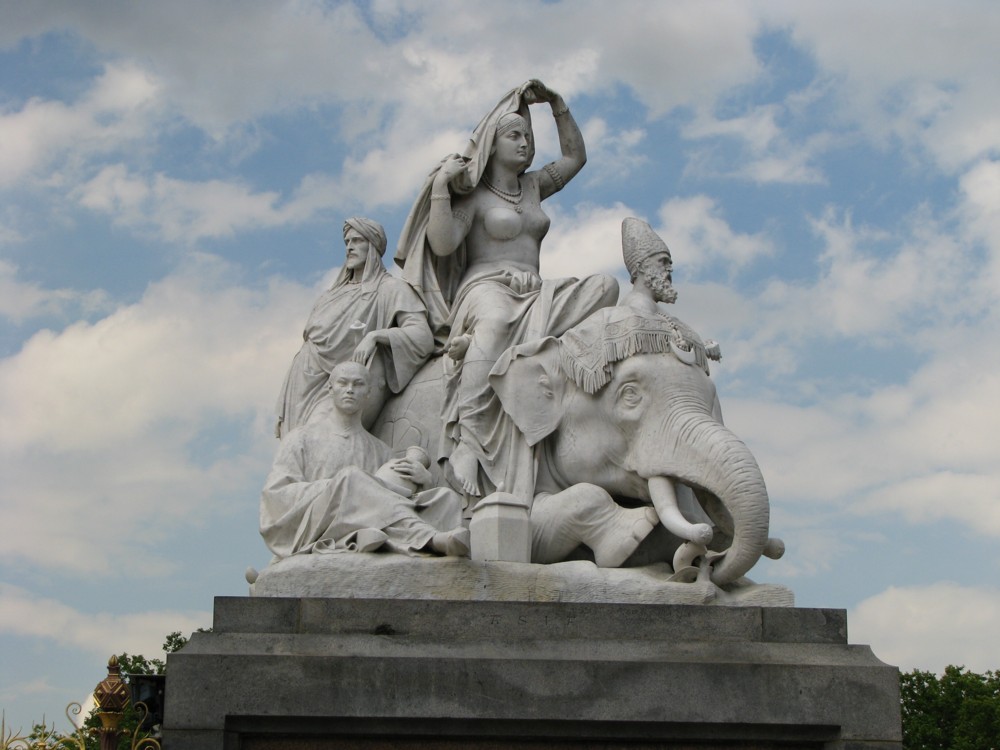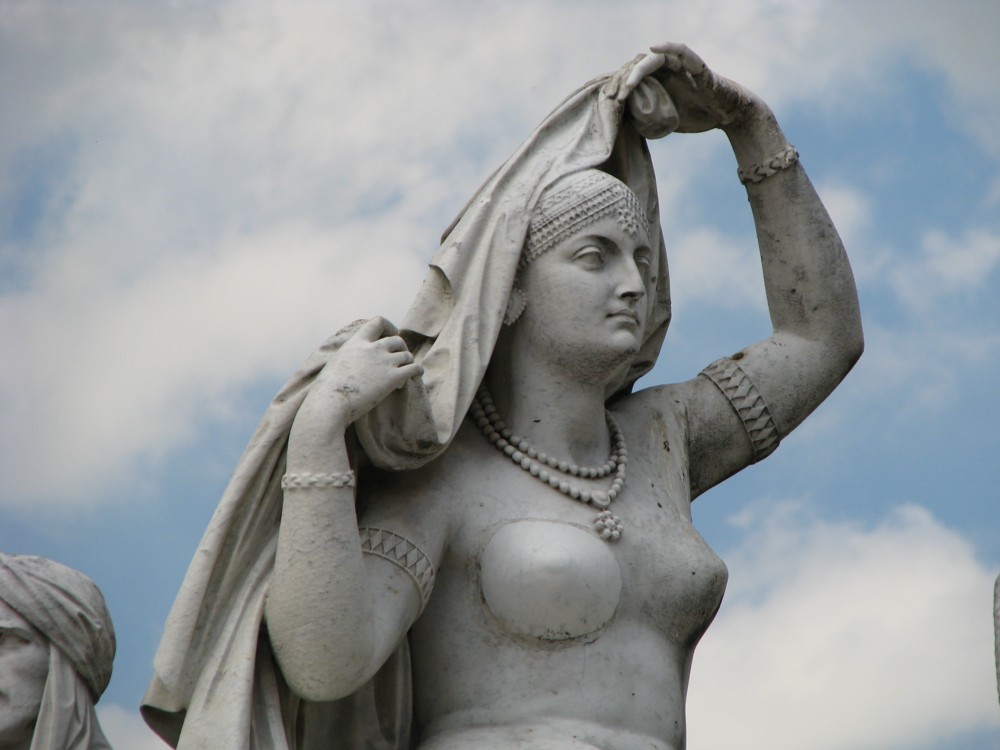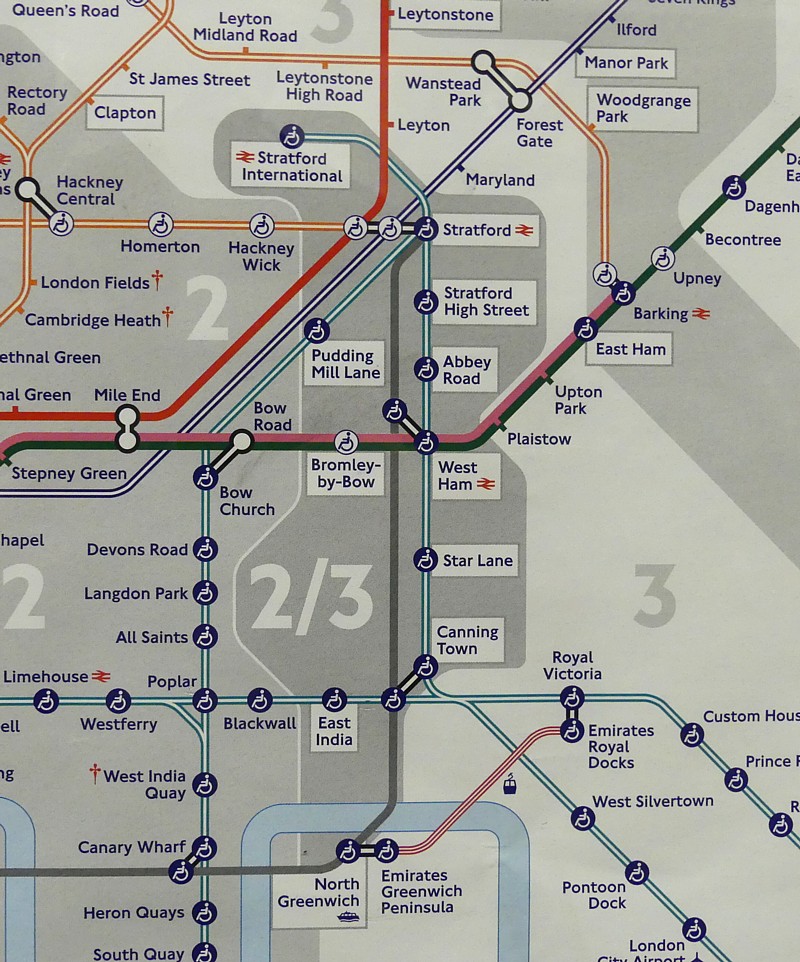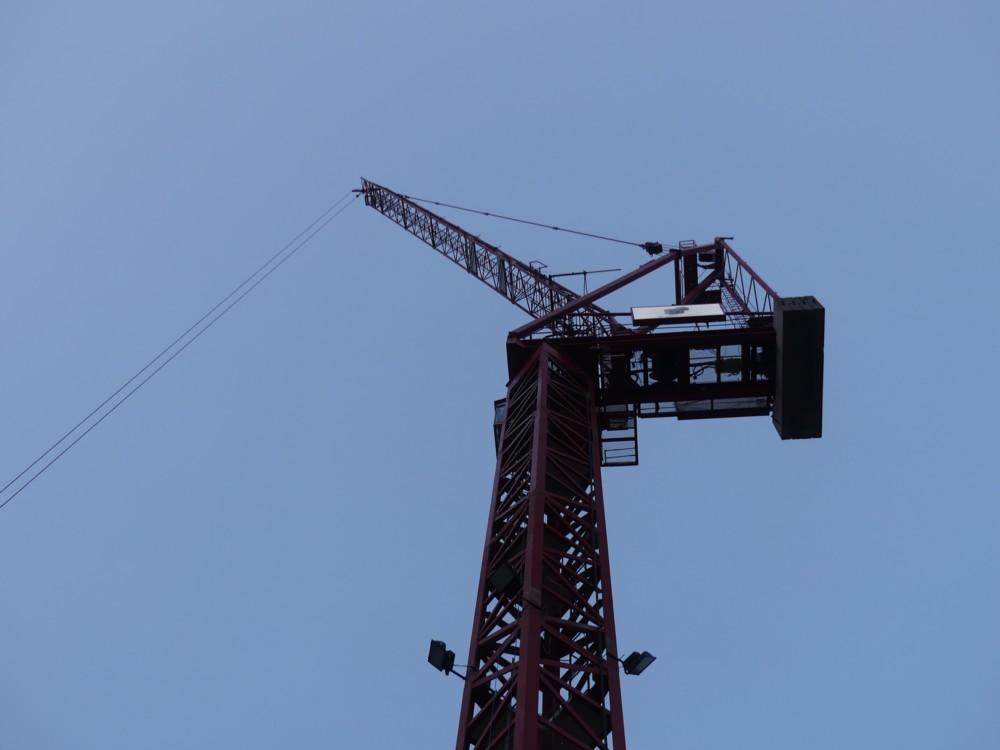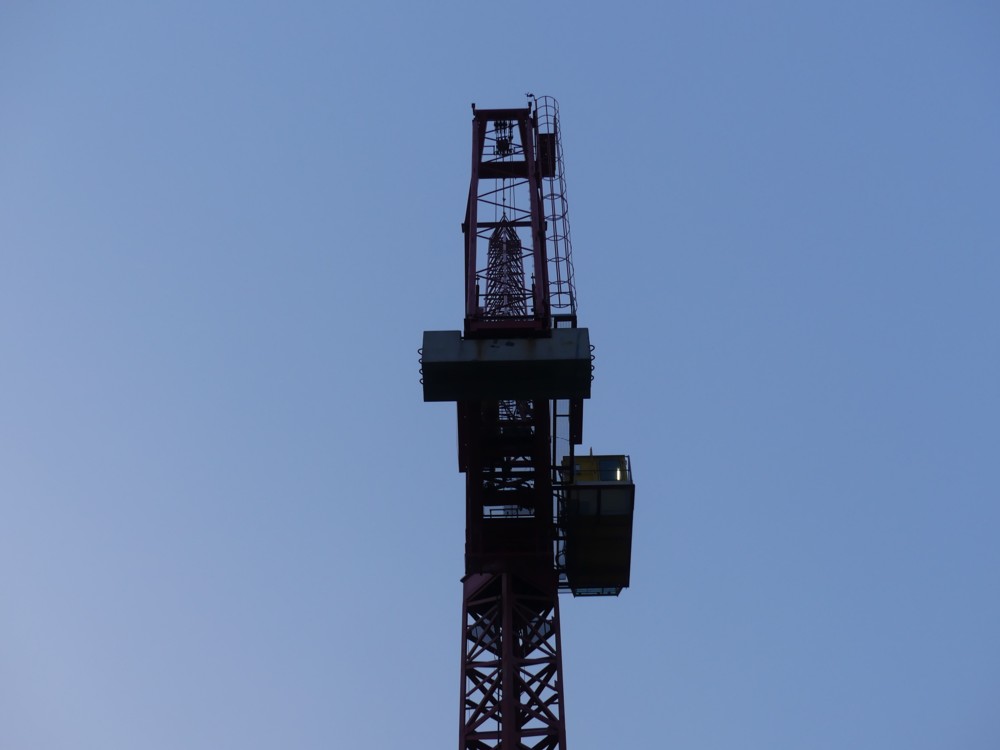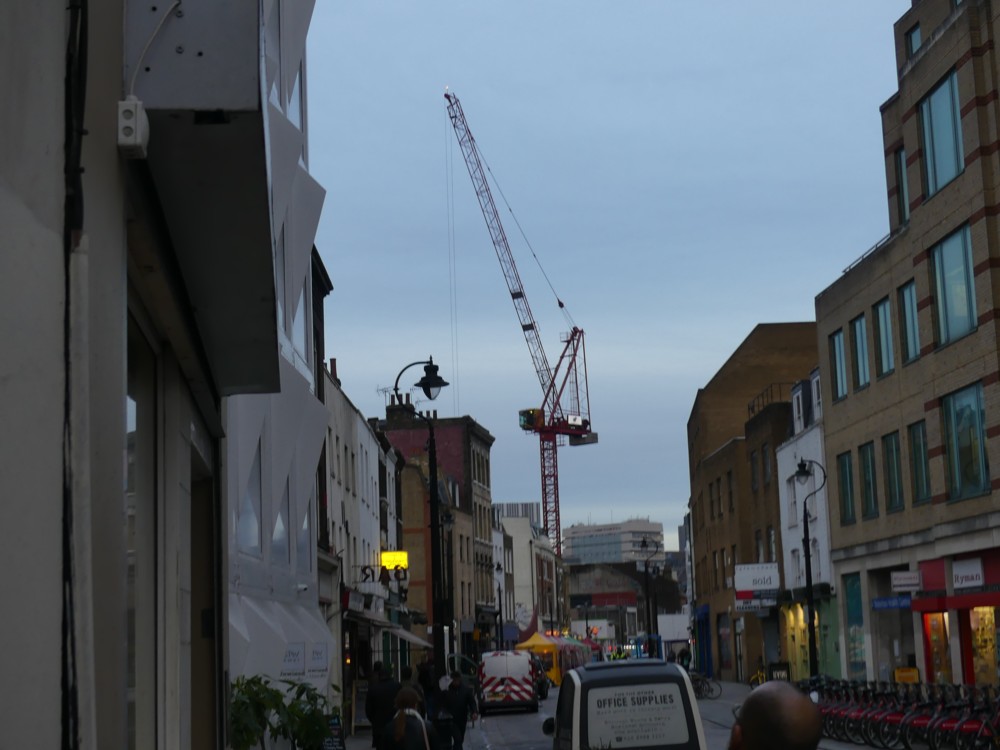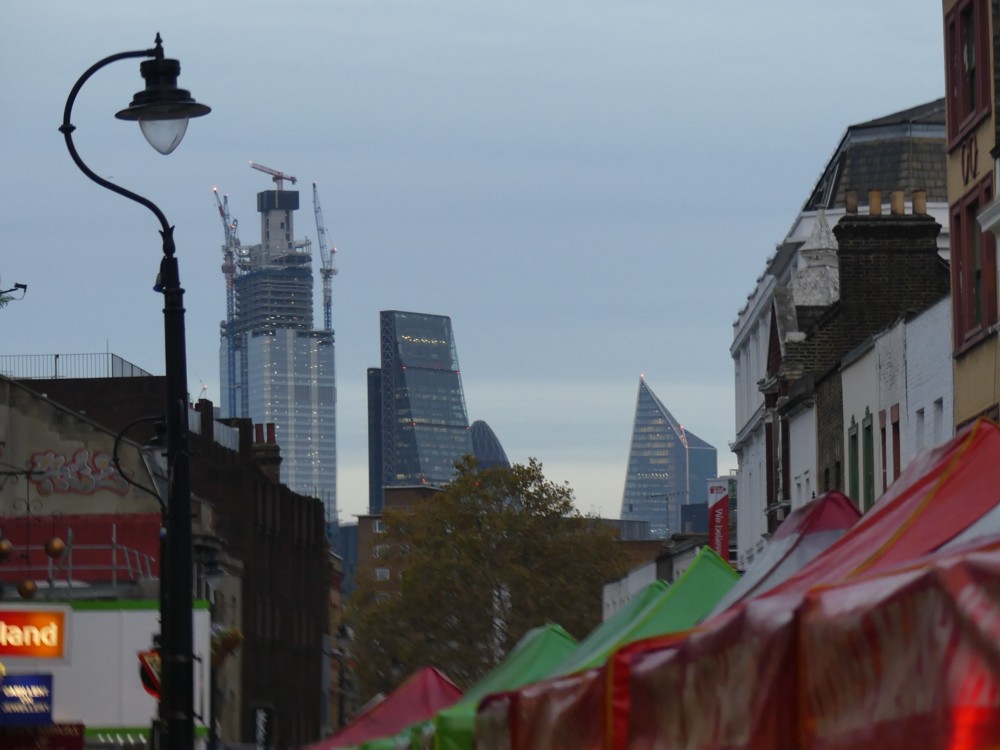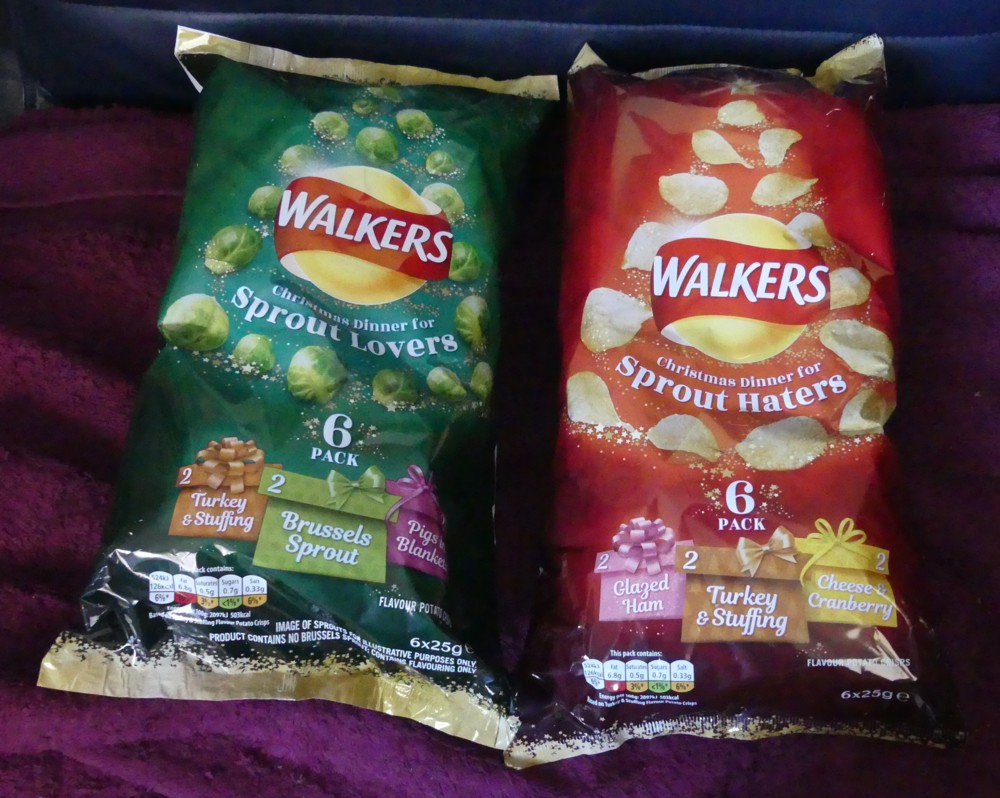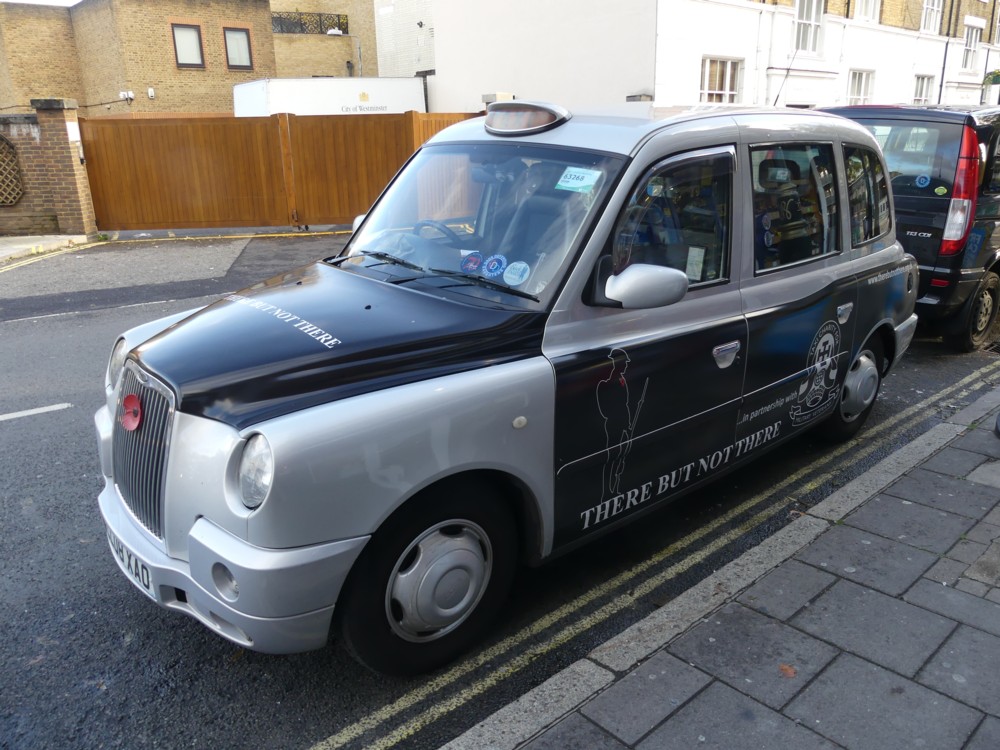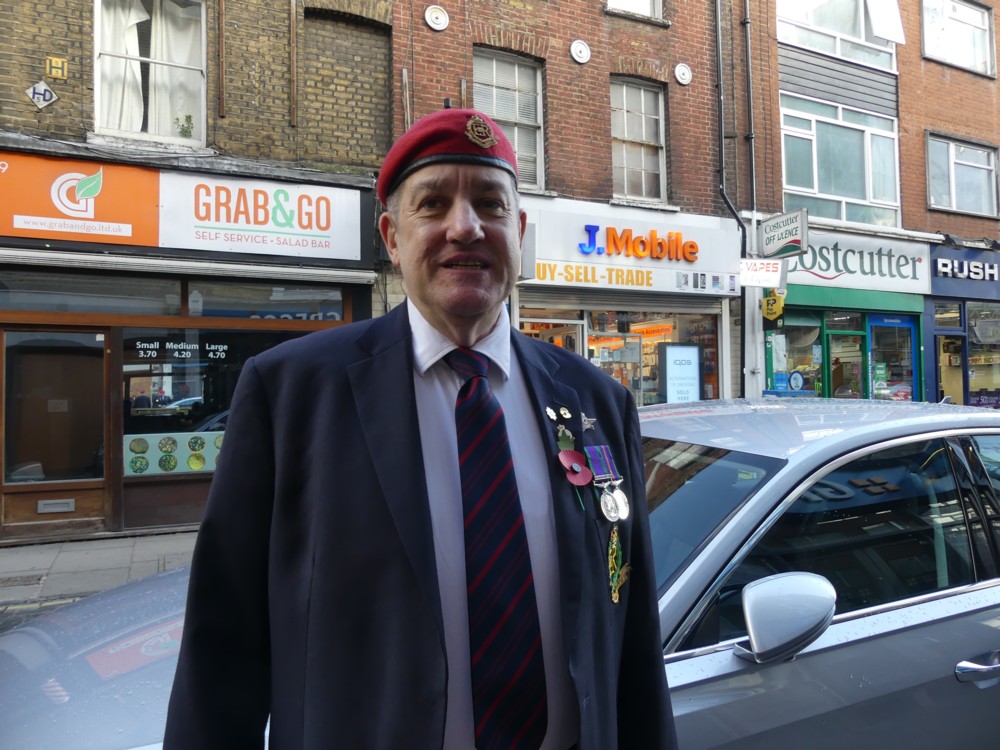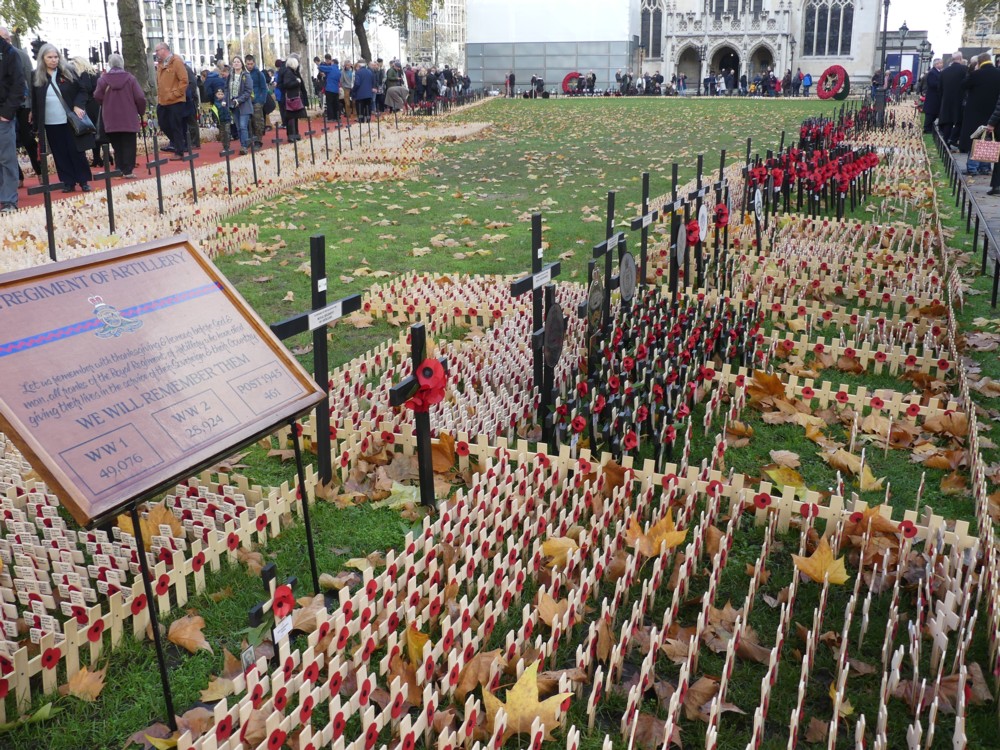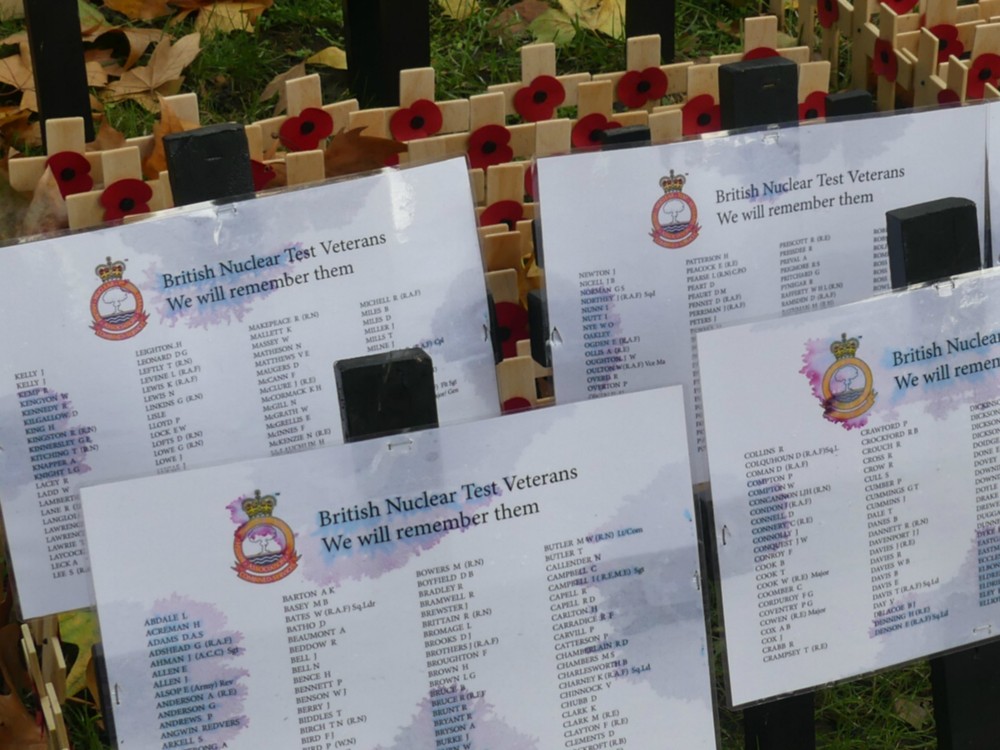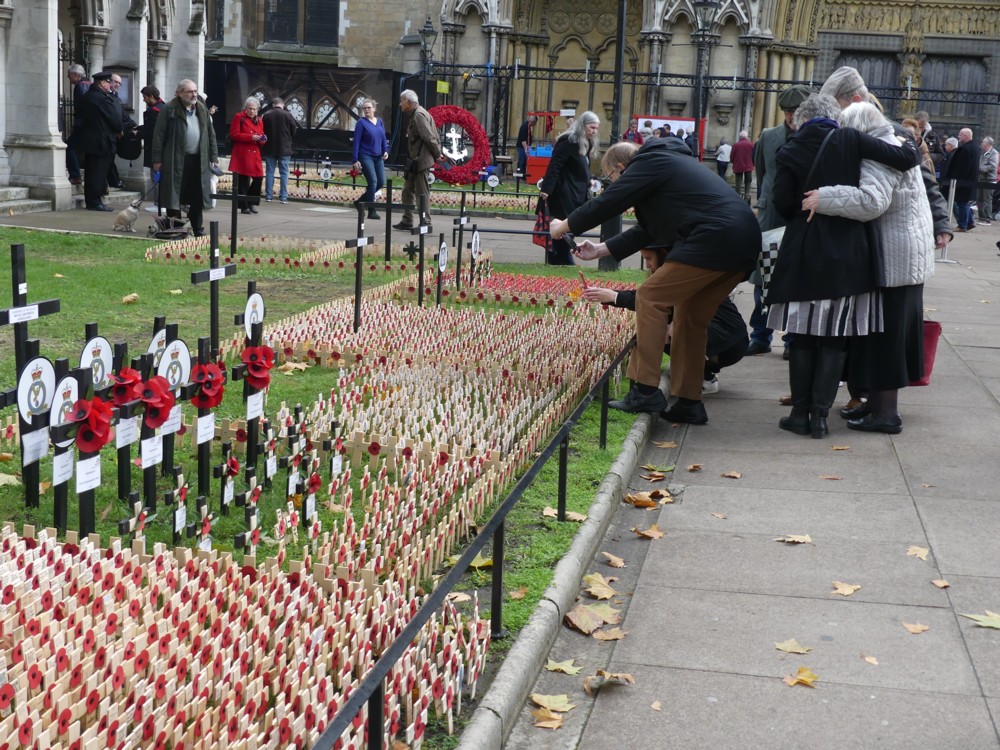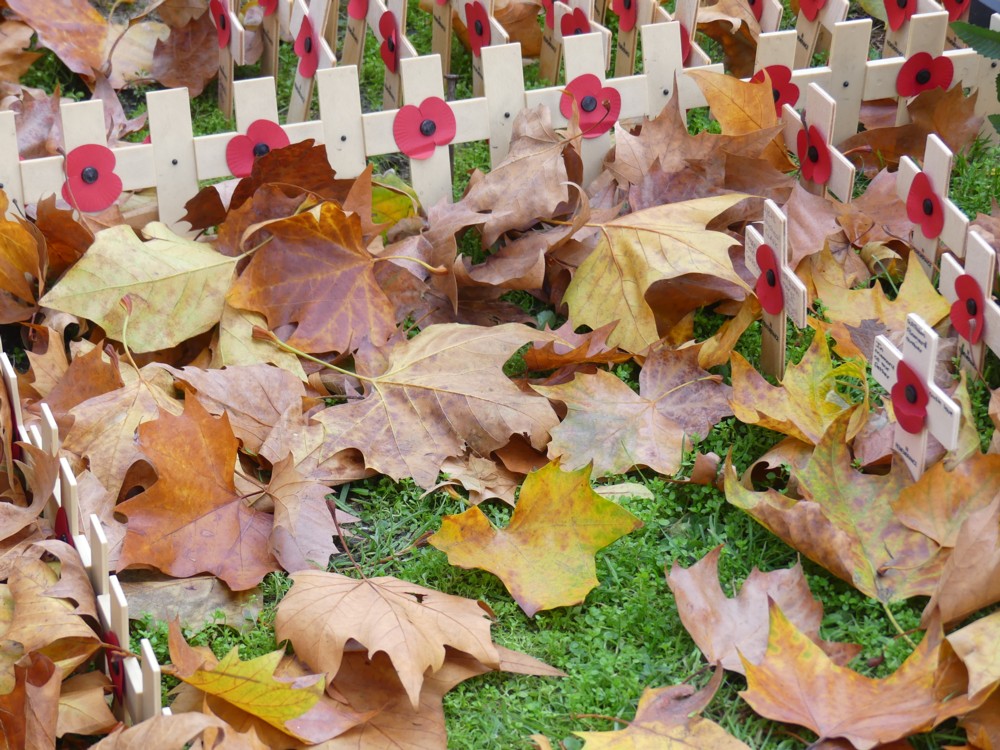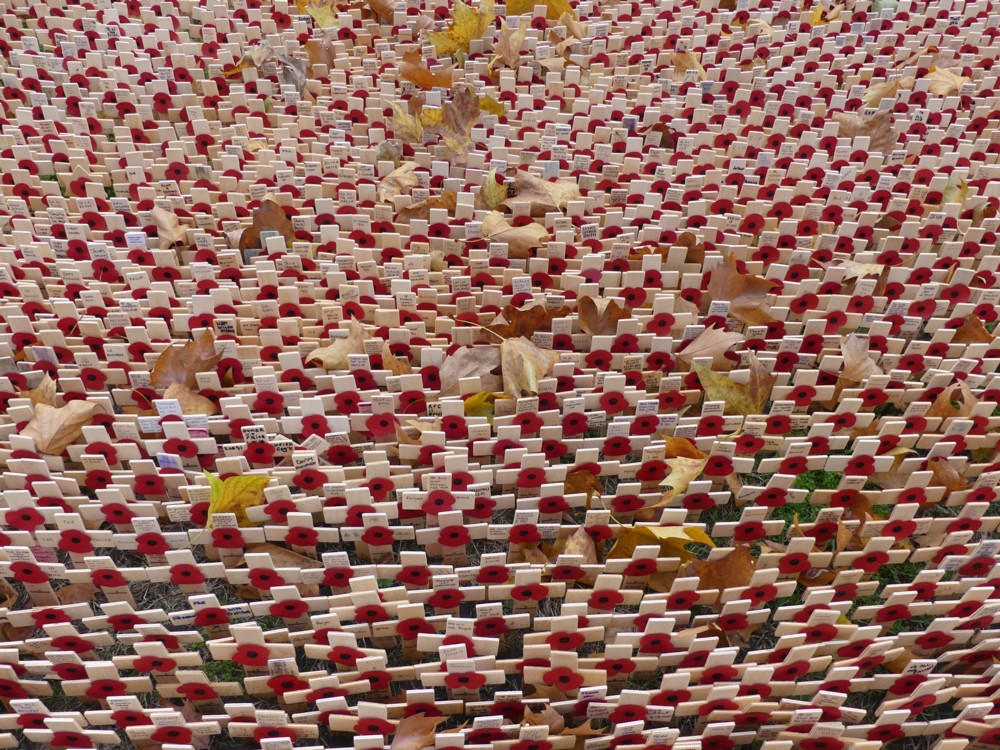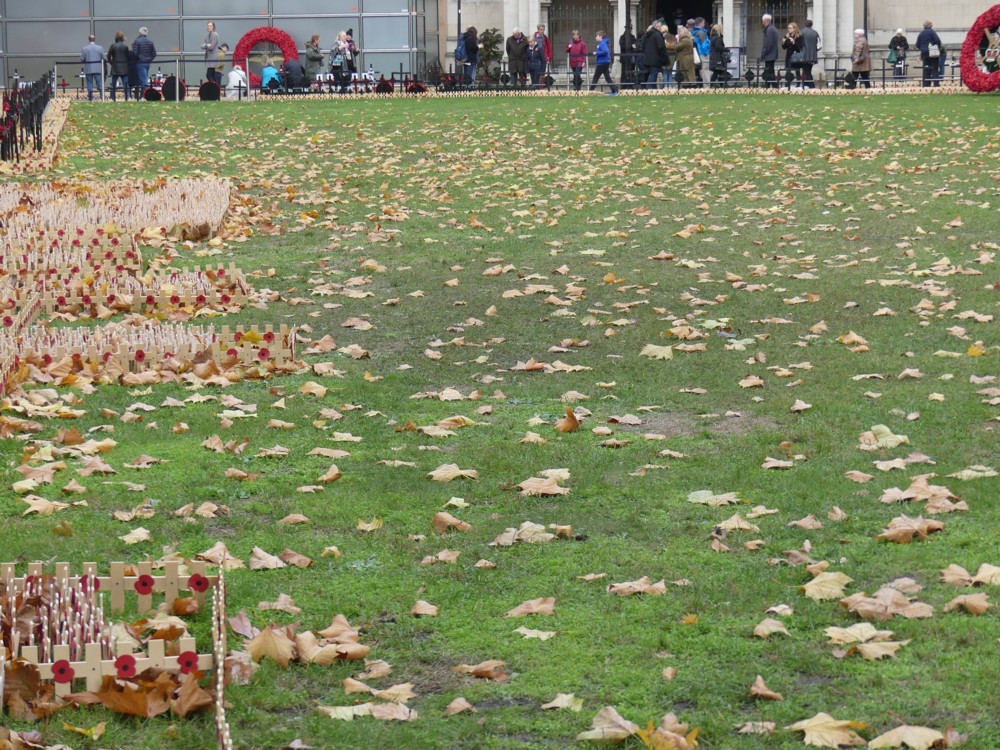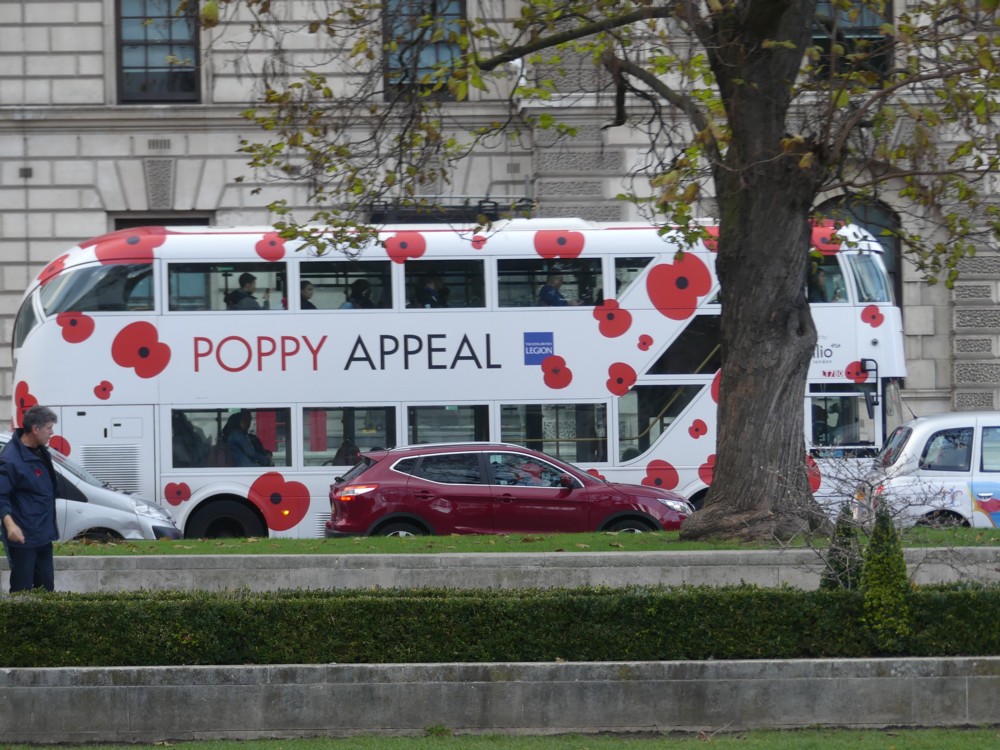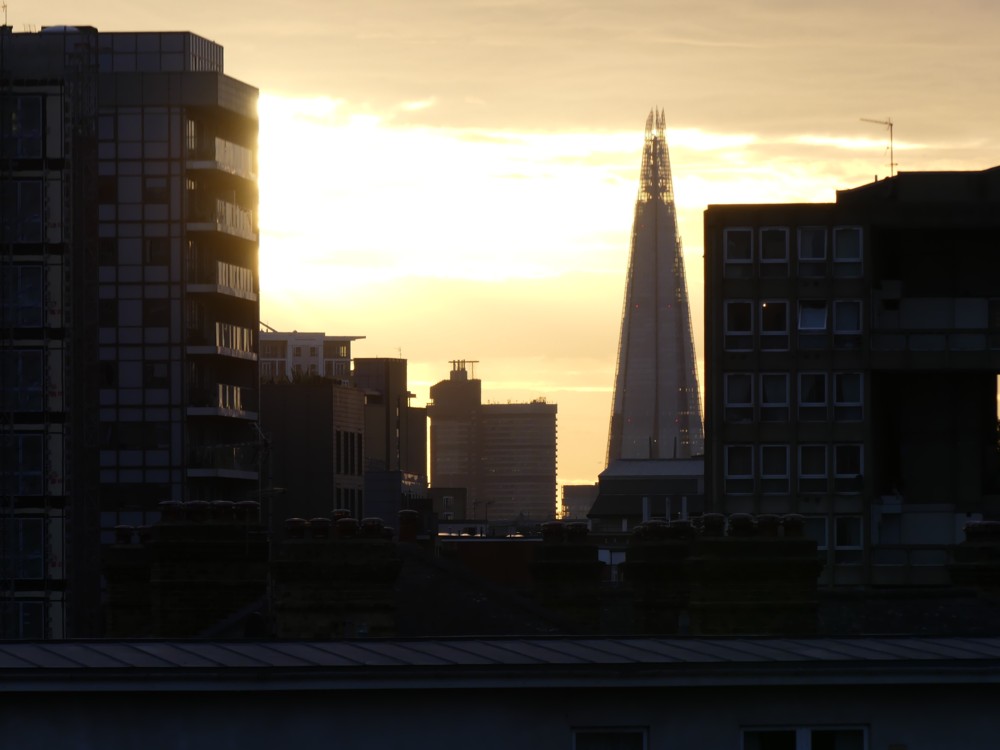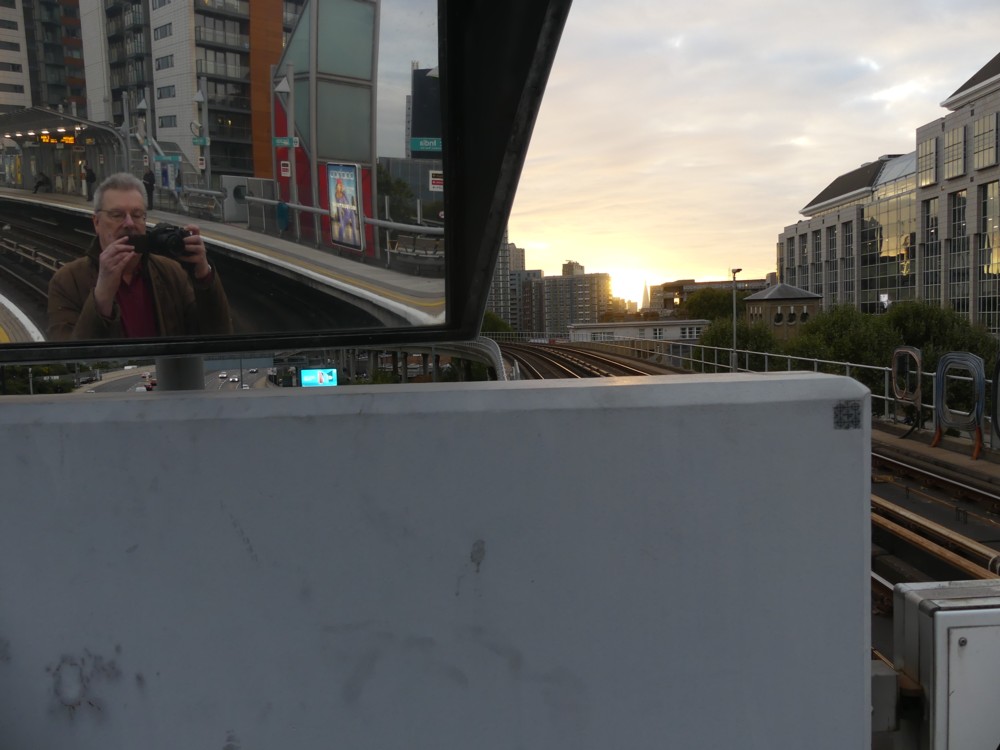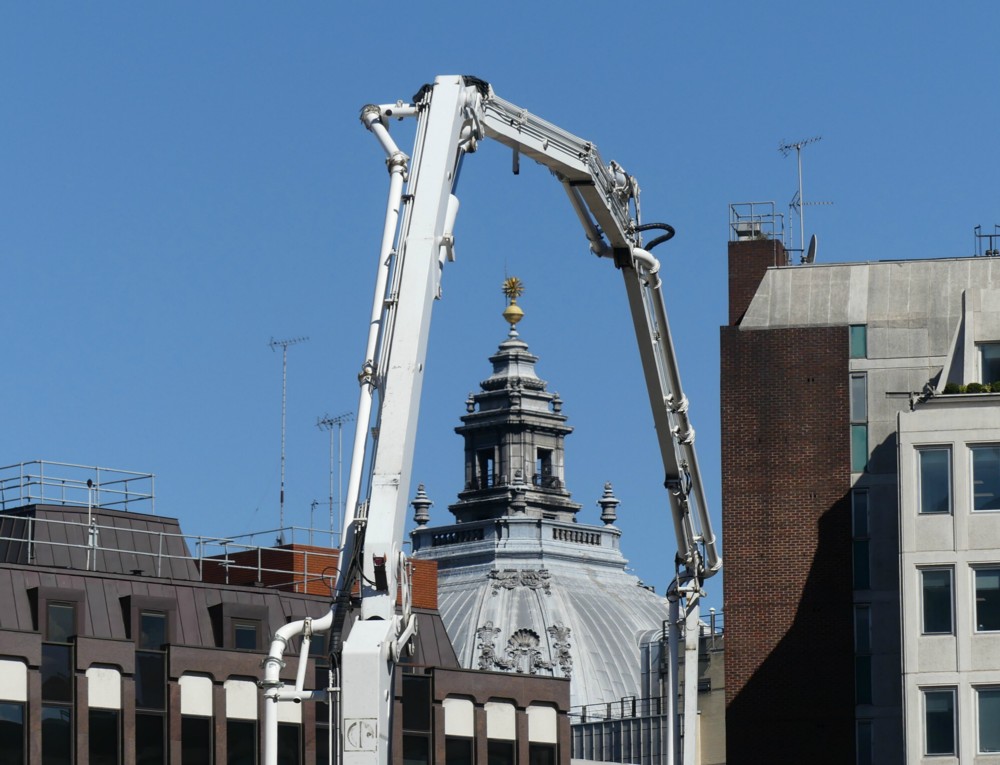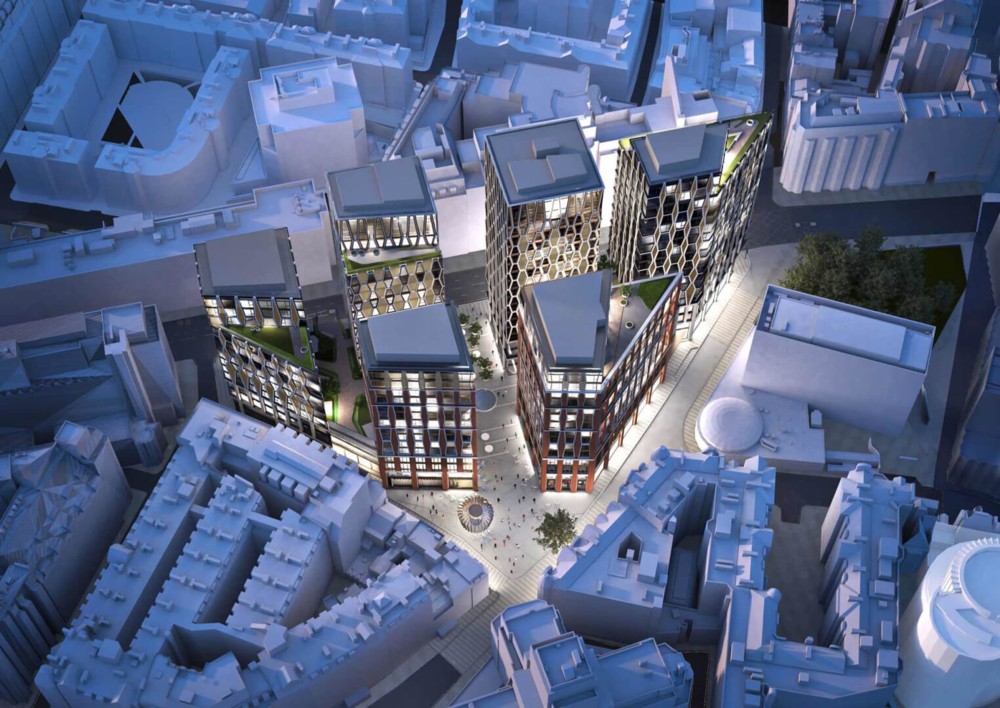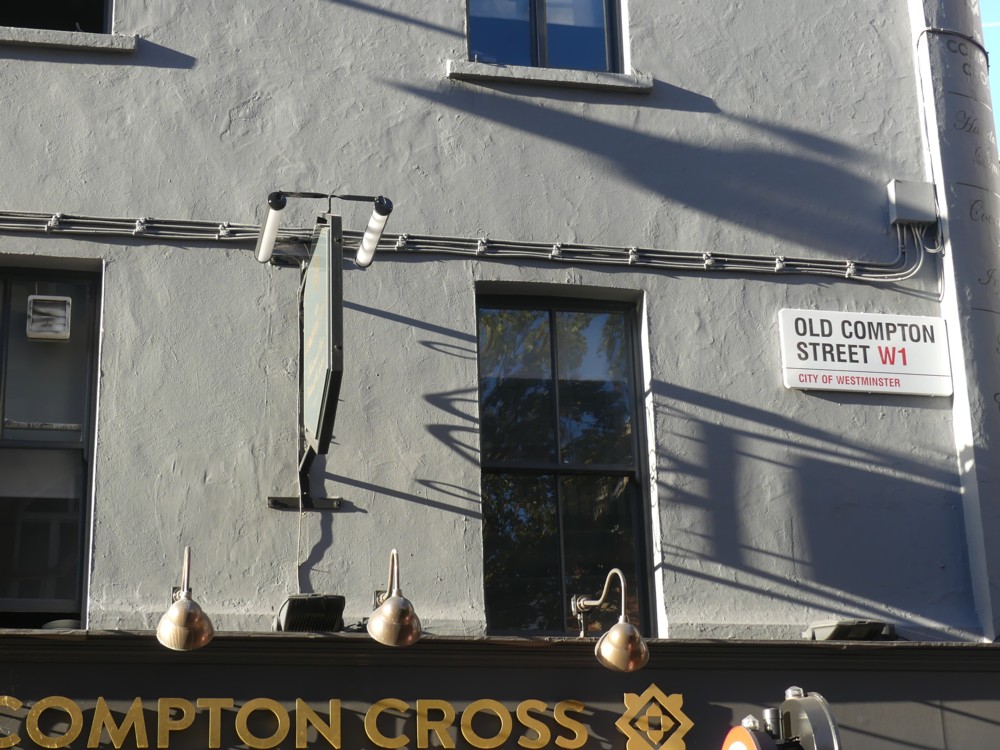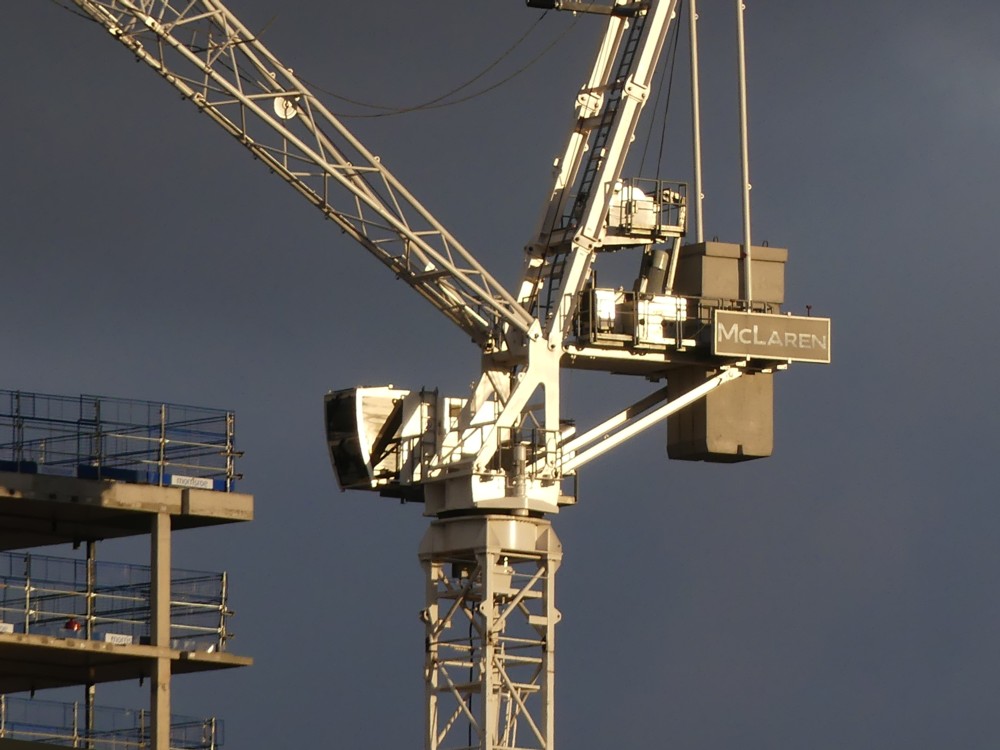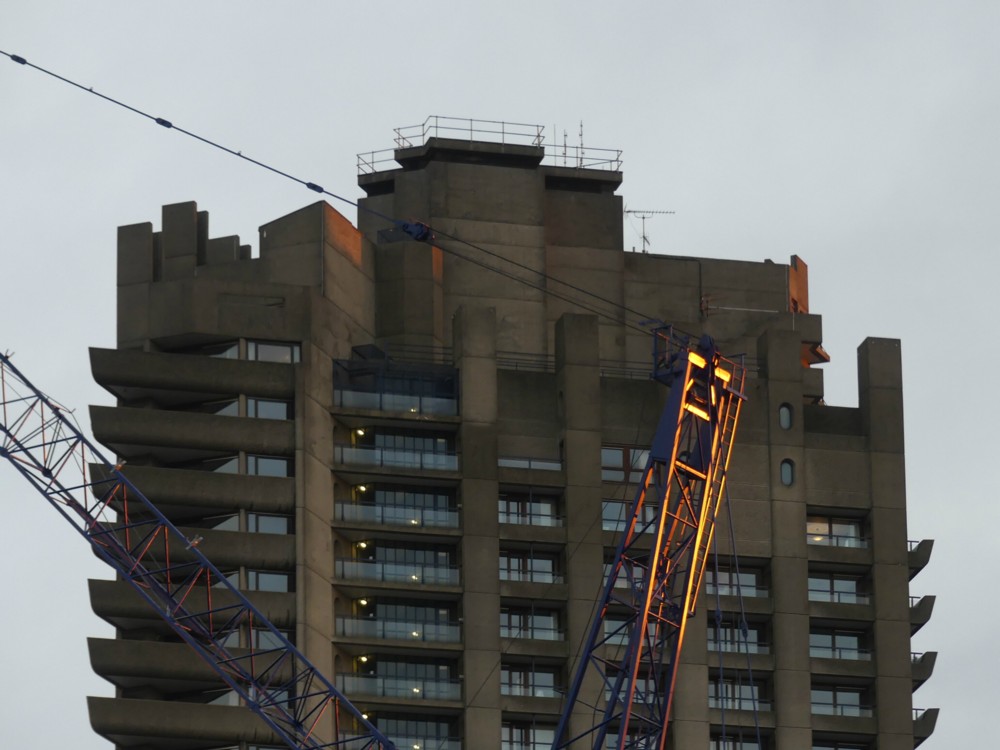Yesterday, my friend Nico invited me to an orchestral concert that he was playing in. He was playing the drums. But this was not some ghastly rock and roll ordeal, it was an orchestral concert, in Blackheath.
Blackheath has a place called Blackheath Halls, and last night, the Blackheath Halls Orchestra performed, in the particular Blackheath Hall called the Great Hall, works by Debussy (the Nocturnes) and Sibelius (the 7th Symphony). I’d offer a link to the announcement of this event, but now that it’s happened, the announcement of it has disappeared, like it never happened.
This Great Hall actually is pretty great. Just recently, it has had its seating redone, with a flat floor being replaced by a slab of raked seating. I photoed these after the concert had finished, and they looked like this:
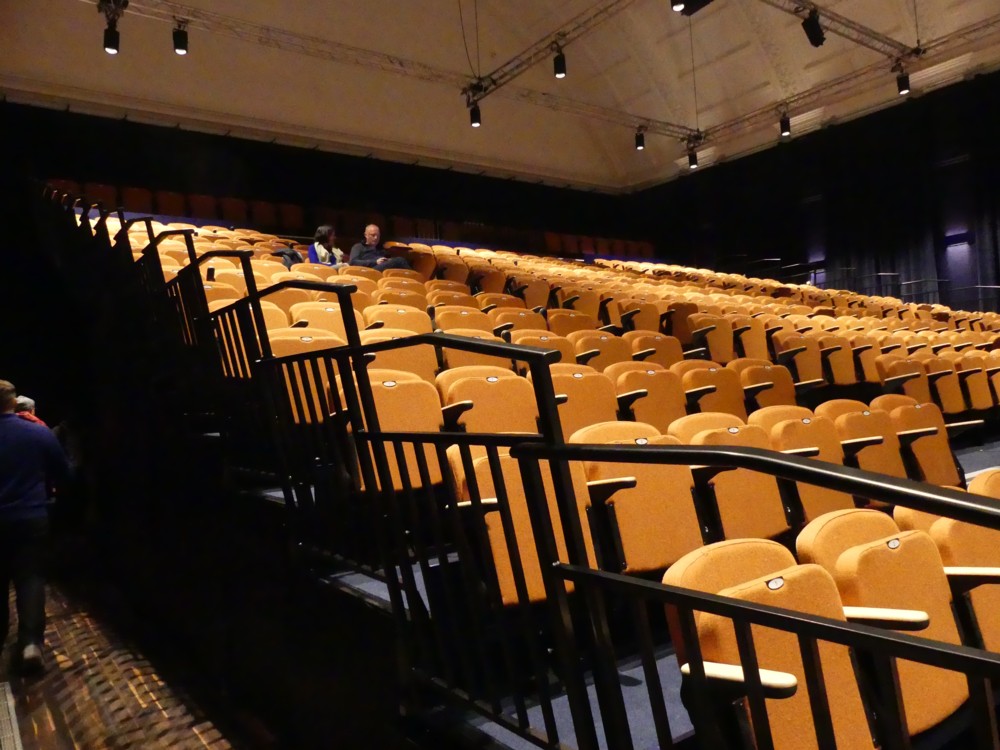
What that meant was that we in the audience had a great view of everything.
Here is a photo I took of how things looked as the orchestral players were making their way onto the stage at the beginning:
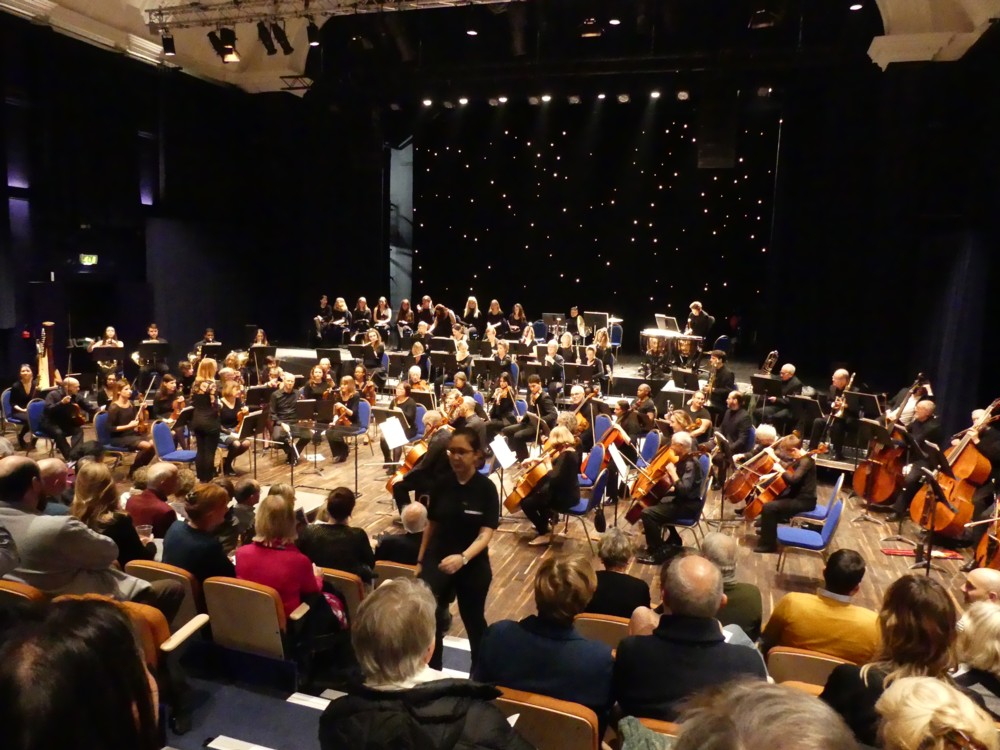
Here is a photo I took of conductor Christopher Stark, just before he embarked on the Sibelius symphony.
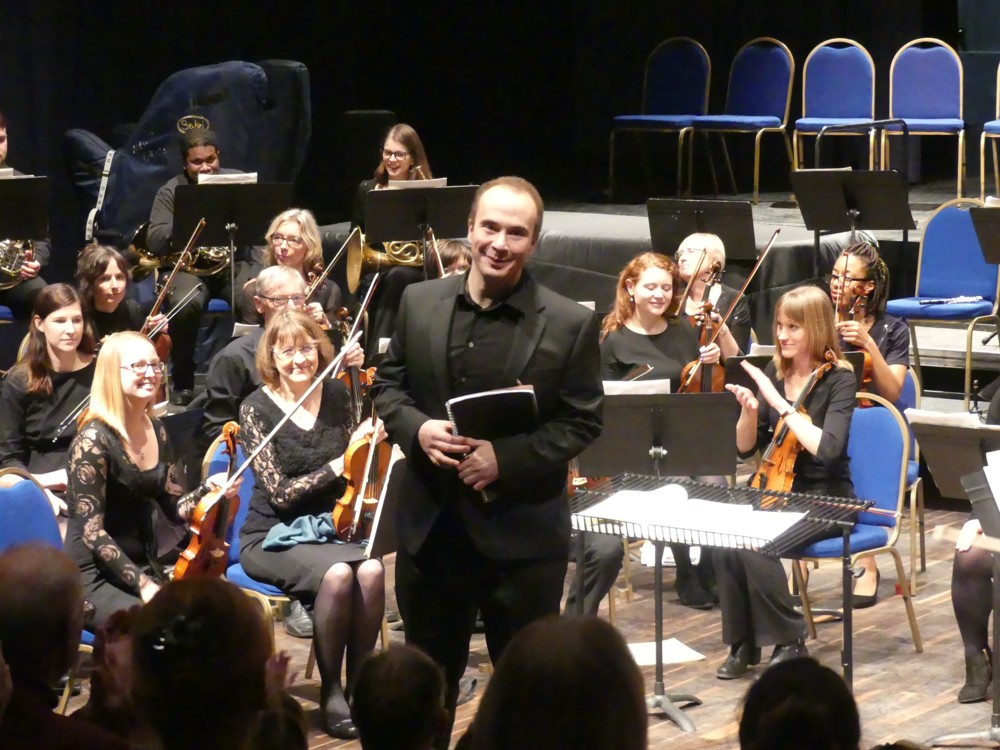
And here is a photo taken at the end, when the applause was loud and long, which includes my friend Nico and his drums. Was Nico the best? Maybe. I really couldn’t say. But he was, at any rate in the Sibelius, the highest up.
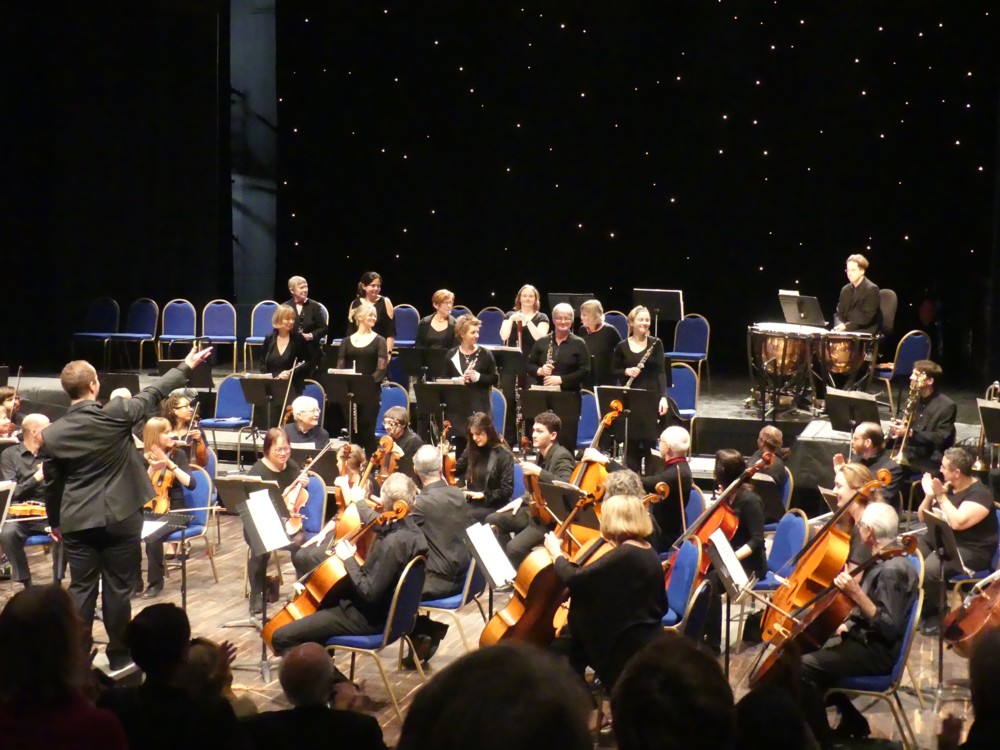
So, what to say about the music, and the performances? Well, the Blackheath Halls orchestra is an amateur orchestra, and if the sounds they made are anything to go by, the hardest task facing an amateur orchestra is when its violin section must play very high notes, very quietly. That is when ensemble is tested to destruction. I blame nobody for this. On the contrary, this was exactly the sort of thing I was eager to learn about, not having witnessed an amateur orchestra in action for about half a century.
Today, I played a CD I possess of these Debussy Nocturnes, with Pierre Boulez conducting the Cleveland Orchestra, on Deutsche Grammophon. And guess what: it is a more polished performance than the Blackheath Halls Orchestra managed last night. But having heard, and watched, amateurs play these pieces, I now know them a lot better.
In the second Nocturne, there is a big march, and Nico was in his element. He did an excellent job, then and throughout, with his usual dignity and exactitude and his usual total absence of fuss. I never caught the conductor looking at him, which, I believe, was because the conductor wasn’t worried about Nico. He had other worries to attend to.
That these Blackheath violinists had nothing to reproach themselves for became clear during part two of the concert. There was a particularly striking passage in the Sibelius, when, instead of having to play high and soft, they played very low and very loud. They sounded terrific.
So did the rest of the Sibelius, to me, but only after I did something rather surprising.
Christopher Stark, as conductors tend to do nowadays on occasions like this one, said a few words about each piece of music before he conducted it. And what he had to say about the Sibelius included how this symphony, instead of being chopped up into separate movements, quick and slow, with silent gaps in between, is instead all in one movement, but that during this one movement, the music “morphs” (his word) from one rhythm to another, fast to slower, slow to faster. At certain points of the piece there are both a fast little rhythm and a bigger and slower rhythm, both happening at the same time, in time with each other.
Stark’s conducting was as good as his words. However, when I watched him conduct, I was only able to hear the fast little rhythm. I missed those longer and slower rhythms. This was probably because not only Stark’s arms and fingers but his entire body were all concentrated on communicating exactly how that fast little rhythm should be played.
So, I closed my eyes.
And, immediately, I heard both rhythms, just as he had described them. There was absolutely nothing wrong with the musical results he was getting. It was just that the visual methods he was using were preventing me from hearing those results properly.
I kept my eyes closed for the rest of the performance, which I thoroughly enjoyed. As did the rest of the audience, judging by the enthusiastic applause at the end.
What the hell, you may be asking, was the point of going to a concert, at which I could see, very well, all the musicians in action, if I then shut my eyes? The point is: I was able to experience the extremity of this contrast. Had I only been listening, as with a CD or a radio performance, that contrast would not have registered. As it was, the moment when I shut my eyes was, for me, extraordinary.
Usually, I experience this effect at chamber music concerts, where the “body language” of the musicians constantly illuminates the nature of the music, and causes me, literally, to hear it better.
But, because (I surmise) the conductor last night was more bothered about getting his musicians to play the music as well as he could make them, than he was about explaining the music to us, the audience, with his visual gestures, I actually heard the music differently, and less well, when I watched him conducting. Again, I am blaming nobody. On the contrary, it was a most interesting thing to see and hear.
It helped a lot that Stark was able to explain something of the music, and in particularly this rhythmic aspect of it, with … words. Things conductors don’t usually bother with, on the night, for the benefit of the audience.
Another aspect of the evening that was fun was how the audience and the musicians mingled. I mean, how often, at an orchestral concert, does the man on the drums come and talk with you during the interval, and thank you for coming? That would never happen with the London Symphony Orchestra. During our conversation, I thanked Nico for telling me about this event and telling me also, beforehand, that the hall was architecturally interesting, in itself and because it had recently been remodelled. That helped to persuade me to come, and I am very glad that I did.

